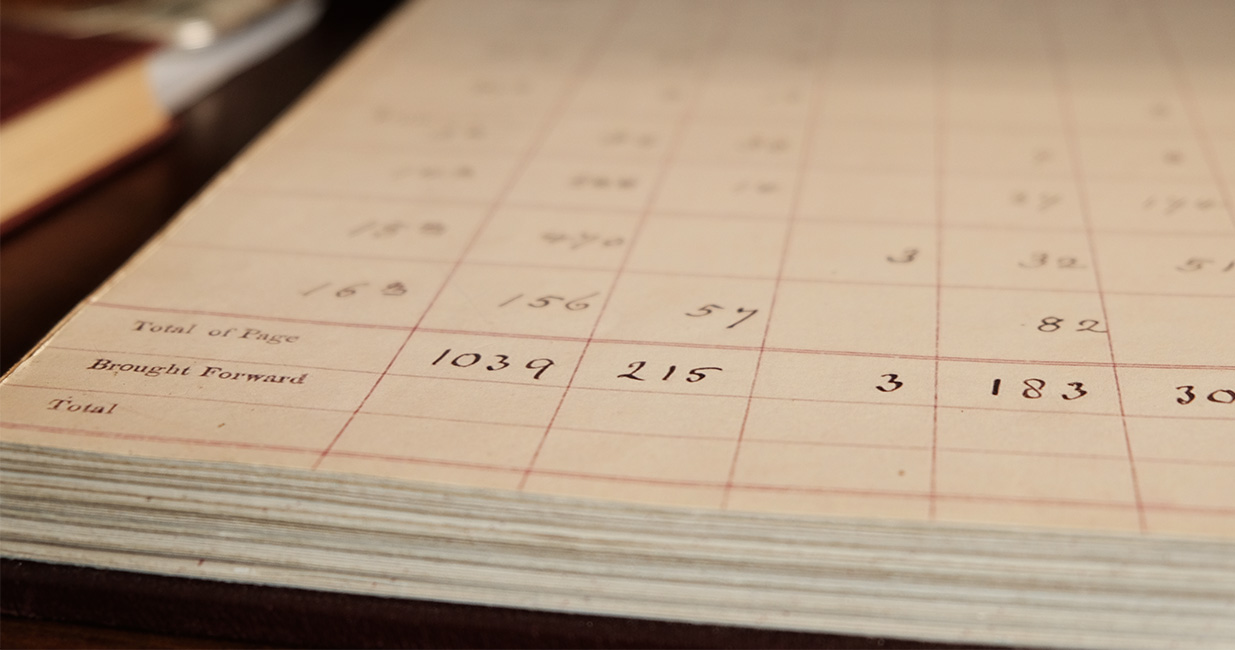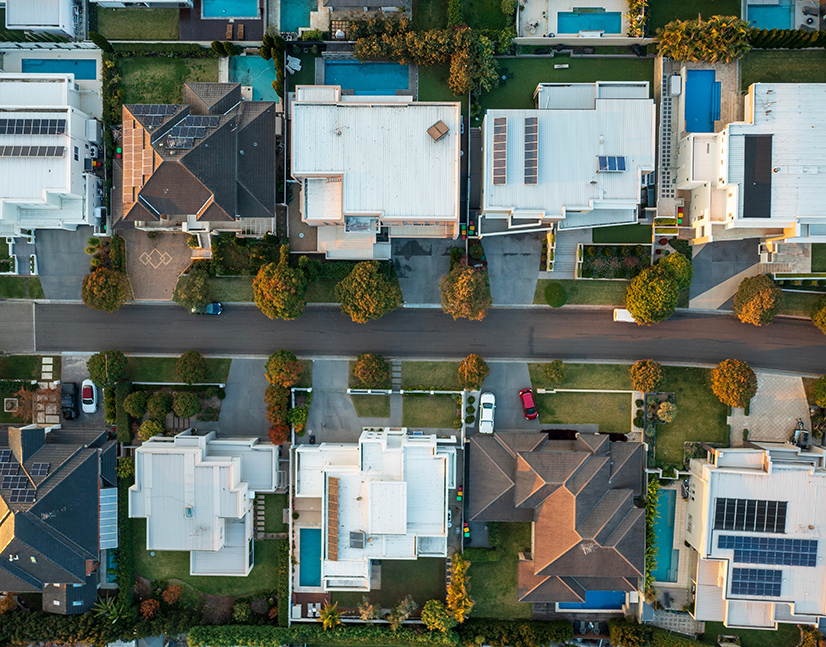
Brighte lights the path to green evolution
In September, Brighte mandated Australia’s first-ever all-green securitisation. John Rohl, the company’s Sydney-based head of corporate development, discusses its funding journey so far and how it is faring in a challenging economic environment.
The space Brighte plays in seems more discretionary than other types of lending so a crisis like COVID-19 could be challenging for origination volume. How has loan book growth been in 2020?
The majority of Brighte’s loan book comprises solar and solar-related products, such as batteries. Despite nationwide lockdowns and economic downturn, the residential solar PV and battery market has proven resilient throughout COVID-19. Australian solar PV installations accelerated in Q2 2020, according to the Clean Energy Regulator’s June 2020 quarterly carbon market report – a year-on-year increase of 41 per cent in installed capacity.
The strong performance is twofold. First, people are working and studying from home, which has contributed to significant increases in energy bills. Many Australians are looking at ways to reduce their household costs and an investment in solar energy is one mechanism to achieve short and long-term energy-bill savings. Peak energy consumption coincides with solar-generation daylight hours.
Second, economic uncertainty has meant households want affordability and transparency more than ever. Investing in solar energy is an economic decision that makes sense – households can access solar energy today and finance the investment over time, reducing their total energy costs sooner. With significant savings a reality, investing in solar energy shifts from being a discretionary purchase for many families.
In addition to financing solar and batteries, Brighte payment plans and loans can be used to finance home improvements. The spend in this space has also increased, largely because people are working from home and want to make their homes more comfortable and sustainable.
How seasonal is the solar-installation business?
Brighte has been financing solar installations since 2016. What we’ve found is that the industry is not seasonal with regards to weather. Instead, it’s ‘microseasonal’, based predominately around people’s availability to be at home for the work to be done.
For instance, we expect demand to be lower during school holiday periods as many families go on holiday and therefore are not around for the installation to happen. Trends also suggest there is a mad rush before and after Christmas, and often we see business ramp up toward the end of winter after households have received significant energy bills from heating their homes and look to switch to solar as a result.
How has warehouse liquidity stood up for Brighte during the COVID-19 crisis and what measures did the company take to ensure stability of funding?
The major banks have been relatively public in stating their numbers, which are that 7-10 per cent of their mortgages are in payment deferral. This means hundreds of thousands of Australians are currently not making mortgage repayments.
At Athena, we have 3,500 customers and only eight of them are on payment holidays – which is about 0.2 per cent of our book. Another set of 12 customers is paying interest only, bringing the total percentage of loans in hardship to about 0.6 per cent.
Brighte expects to launch its first public securitisation transaction within five years of foundation. What have rating agencies and potential investors asked for when it comes to asset-performance history and scale? Do you expect to be able to offer a triple-A note?
From Brighte’s inception, the intention has been to access cost-effective and scaleable debt funding, and the business has been built to ensure entry into the securitisation market. This has been a long-term strategy and we made sure the business would be in a position to meet the rating agencies’ governance, processes and data-access requirements.
Additionally, our loss performance has been exceptionally strong. The credit quality of our homeowner applicants is very solid when compared with the market as a whole, as demonstrated by our consistently low level of arrears – 30-plus day arrears are less than 1 per cent. The resilience of the book is also demonstrated by exceptionally low levels of hardship throughout COVID-19.
Current guidance indicates our top note will be rated double-A, which is a fantastic result. This milestone speaks to the maturity of the business we’re building, the quality of our customers and the future opportunities ahead.

nonbank Yearbook 2023
KangaNews's eighth annual guide to the business and funding trends in Australia's nonbank financial-institution sector.









